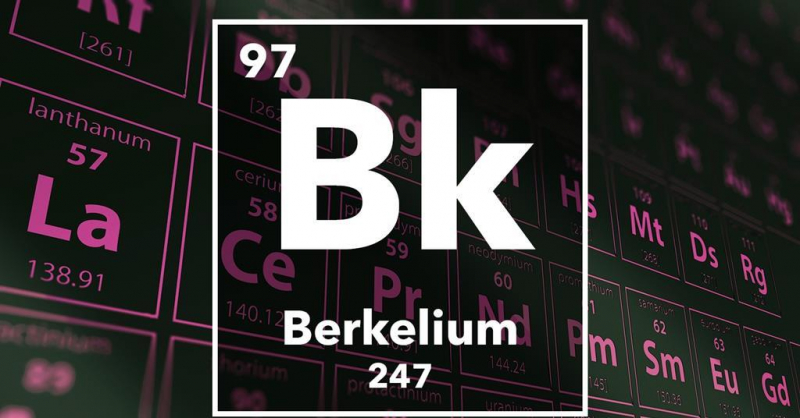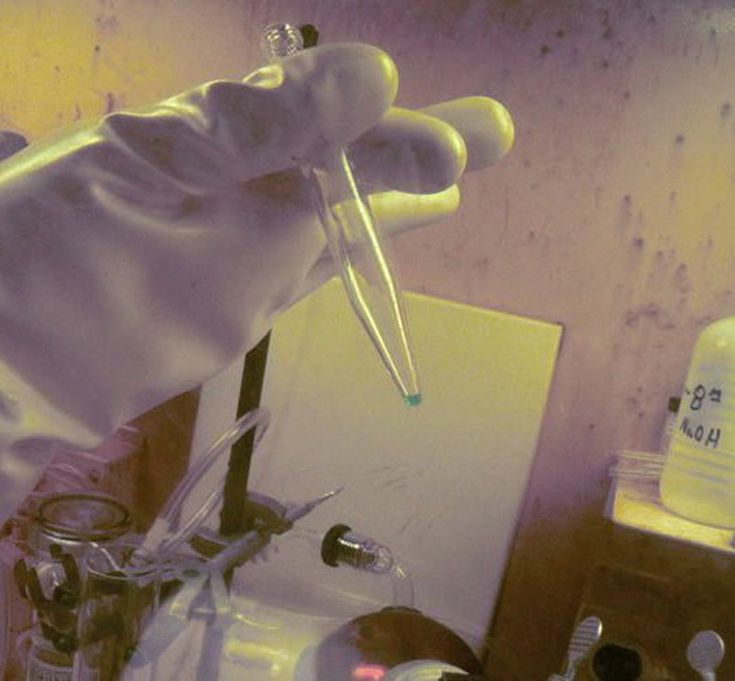Berkelium
Stanley G. Thompson, Albert Ghiorso, and Glenn T. Seaborg were the first to discover Berkelium (or Bk) in 1949. Berkelium was discovered as a result of interactions between other materials by a group of researchers at the University of California, Berkeley.
Berkelium's effects on the human body are unknown, and parallels with other elements are tough to create due to the varied radiation products (electrons for berkelium and alpha particles, neutrons, or both for most other actinides). The low energy of berkelium-249 electrons (less than 126 keV) makes it difficult to detect owing to signal interference with other decay processes, but it also makes this isotope comparatively innocuous to humans when compared to other actinides.
This element is the world's third most costly element, named after the city where it was discovered (Berkeley, California). Exact costs, like those for other rare elements, are difficult to calculate. Berkelium, on the other hand, is estimated to be worth $27 million a gram.
Estimated Value: $27 million per gram










